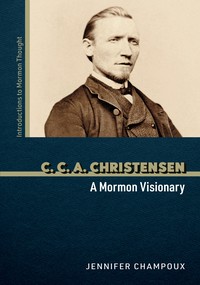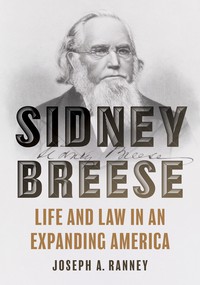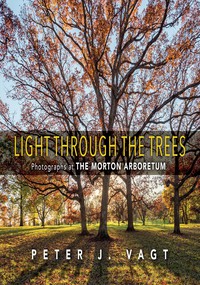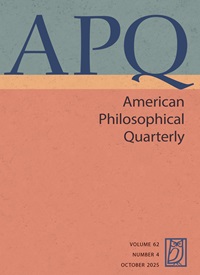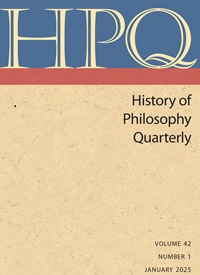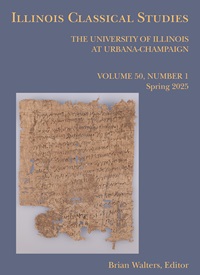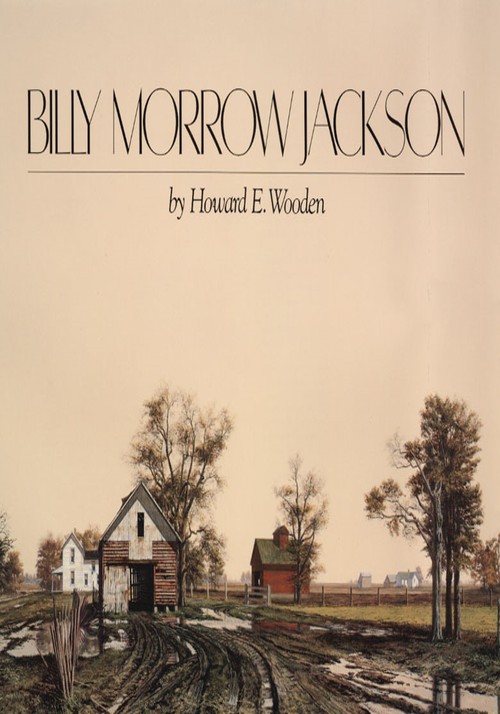
Billy Morrow Jackson
Interpretations of Time and Light
Cloth – $29.95
978-0-252-01735-3
Publication Date
Cloth: 01/01/1990
About the Book
Art historian Howard E. Wooden presents nearly a hundred stunning reproductions (three-quarters in full color) of many of the Illinois prairie landscapes, as well as the cityscapes, townscapes, interior views, works with social and political themes, and murals, done by Billy Morrow Jackson over the past forty years, all of them reflecting his fascination with the subtle yet pervasive impact of time and light on art and on life.Howard Wooden surveys Jackson’s stylistic and technical developments as an artist, beginning with his early black-and-white woodblock prints executed in Mexico in 1949 and 1950 and ending with three large murals painted in the late 1980s, one of which adorns the Illinois State Capitol.
Jackson's work, which hangs in the National Museum of American Art, the National Gallery of Art, and the Library of Congress in Washington, D.C., and in many other museums across America, feature images derived, but not copied, from reality. A brief essay by Jackson on his painting technique appears in an appendix.

